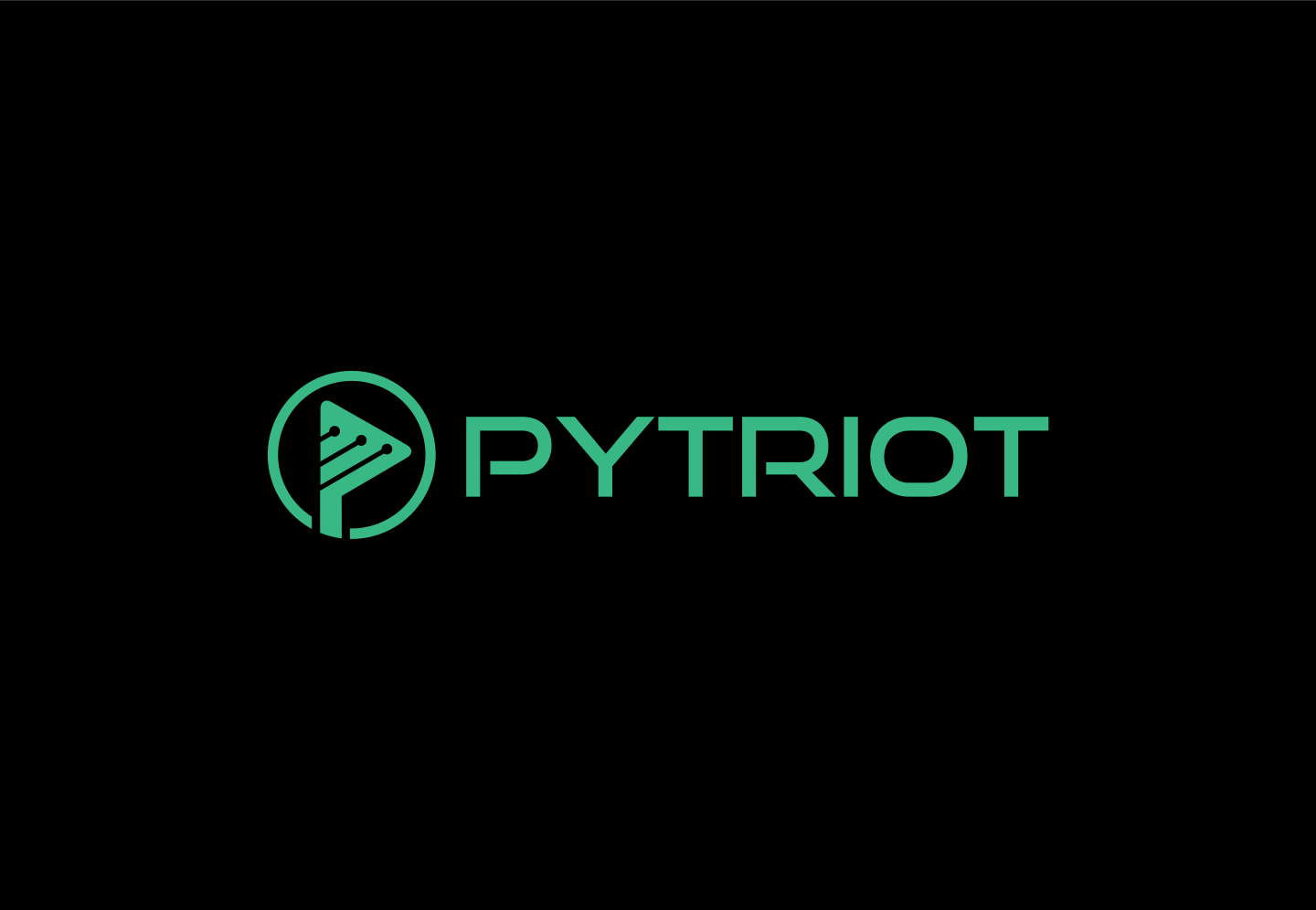- Duration: 5 Days
Course details
Module 1: SDN Solution Overview- What is SDN
- Difference between traditional and SDN Architecture
- Service Abstraction
- ODL/OPENFLOW/NFV
Module 2: SD-WAN Solution Overview
- Traditional WAN - Challenges
- SD-WAN Overview and definitions
- SD-WAN Benefits
- SD-WAN Key Concepts
- SD-WAN Main Components
- SD-WAN Main Components
- vEdge
- vSmart
- vManage
- vBond
- On-Premise vs. Cloud-based Control Plane
Module 3: Secure Control Plane Bring-Up
- Removal of pre-installed certificates
- Addition of the certificates
- Establishing vEdge Router Identity
- Establishing Control Elements Identities (vBond, vSmart, vEdge)
- Secure Control Channel between vEdge Router and vBond
- Secure Control Channel between vEdge Router and vSmart/vManage
Module 4: Secure Data Plane Bring-Up
- Limitations of traditional key exchange mechanisms (IKE)
- SD-WAN new centralised Encryption key distribution
- Traffic Encryption for data privacy
- Anti-Replay Protection (man-in-the-middle)
- Role of Bidirectional Forwarding Detection (BFD)
- Considerations about MTU and MSS
- End to End Segmentation (VPN's)
- Role of Application Visibility and Recognition
- Infrastructure DDoS Mitigation
- Security Policies and Services
- Cloud Security: Secure Direct Internet Access
Module 5: Overlay Management Protocol (OMP)
- Definition of overlay routing
- Role and characteristics of Overlay Management Protocol (OMP)
- OMP Advertised Routes
- Route Redistribution (edge routing protocol to OMP and vice versa)
- Best Path Algorithm
Module 6: Bidirectional Forward Detection
- Definition of BFD
- Role and characteristics of BFD
- Types of BFD
- Use of BFD: Path Quality and Liveliness
Module 7: Using Device Templates
- Essential Elements in the configuration for any device
- Need for Templates
- Options to Apply Templates to Devices
- Overview of Feature Templates
- Categories of Feature Templates
- Workflow for Applying Templates to Devices
Module 8: Using Policies
- Policy Architecture
- Application-Aware Routing Policies
- Service Chaining
- Control Policies
- Data Policies
- VPN Membership Policies
- Routing Policies
Module 9: Multi-Tenancy
- Multi-Tenant Mode Creating Tenants Adding Controller Adding Vedges
Module 10: Basic Troubleshooting
- NSO-Getting Started
- NSO-Basic Administration
- NSO-Basic Development
- WAN Optimization-Basic WAAS principles
Module 11: Deployment and Migration
- MPLS and its vulnerabilities
- Latest update on MPLS guidelines
Eligibility / Requirements
Basic knowledge of Routing and Switching.
Job roles this course is suitable for:
Network Engineer , Senior Network Engineer , Network Administrator IAbout Pytriot Solutions LLP
Pytriot imparts knowledge, skills and provide consultancy to various organizations and enables them to be IoT-ready. We enable organizations to embrace IoT and improve their productivity.
Our modular structure helps in approaching the complex IoT ecosystem step by step, and our hands-on approach gives our user the confidence to leap of faith.
IoT Communication covers the various protocols used by IoT devices. Packet-level discussion on MQTT, CoAP, XMPP, 6LoWPAN, 802.11, 802.15, etc. aid the decision-makers to adopt the right communication channel for their environment.
IoT Security covers the various aspects of security breaches at all levels of the ecosystem. The course prepares you to combat your IoT ecosystem with different attacks, confirm its robustness with penetration testing and educate you on various methods to mitigate security breaches
Networking and Security Related Questions
- JavaScript Full stack web developer virtual internship Virtual Bootcamp + Internship at LaimoonAED 1,449Duration: Upto 30 Hours
- Complete Cyber Security Bootcamp NextGen LearningAED 999Duration: Upto 50 Hours
- GDPR & Cyber Security Bootcamp NextGen LearningAED 199Duration: Upto 20 Hours

